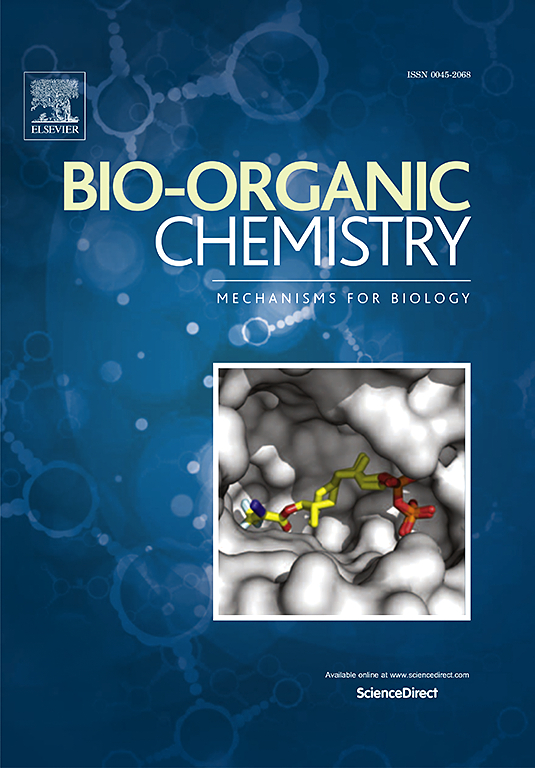Characterization and application in recombinant N-GlcNAc-protein production of a novel endo-β-N-acetylglucosaminidase from Listeria booriae
IF 4.5
2区 医学
Q1 BIOCHEMISTRY & MOLECULAR BIOLOGY
引用次数: 0
Abstract
Endo-β-N-acetylglucosaminidases (ENGases) are essential enzymes for hydrolyzing N-glycans, with applications in protein N-glycosylation analysis and glycoprotein synthesis. In this study, a novel GH18 family ENGase, Endo-LB, was identified from Listeria booriae FSL A5–0281. Composed of 593 amino acids (65.78 kDa), Endo-LB features with two domains: an Endo S-like catalytic domain and a mucin-binding protein (MucBP) domain. Recombinant Endo-LB, expressed in Escherichia coli BL21 (DE3) pLysS, exhibited a specific activity of 198.25 U/mg and hydrolyzed high mannose-type N-glycans at a temperature from 4 °C to 60 °C with optimal activity at 37 °C and pH 6.0 (range 3.0 to 10.0), making it versatile for various environmental conditions. The MucBP domain does not affect soluble Endo-LB activity but influences interaction with mucin on cell surface, suggesting potential application in targeting specific glycoproteins in complex biological environments. To address the heterogeneity of N-glycans in Pichia pastoris (Komagataella phaffii) expression, Endo-LB was further expressed in the Golgi of P. pastoris, efficiently producing glycoproteins, such as Erythropoietin (EPO) (37 mg/L) and Darbepoetin α (53 mg/L) with nearly complete N-glycans truncation, which can be further extended to generate diverse N-glycan structures. These findings highlight the versatility and potential utility of Endo-LB in glycoprotein engineering and biotechnological applications.

求助全文
约1分钟内获得全文
求助全文
来源期刊

Bioorganic Chemistry
生物-生化与分子生物学
CiteScore
9.70
自引率
3.90%
发文量
679
审稿时长
31 days
期刊介绍:
Bioorganic Chemistry publishes research that addresses biological questions at the molecular level, using organic chemistry and principles of physical organic chemistry. The scope of the journal covers a range of topics at the organic chemistry-biology interface, including: enzyme catalysis, biotransformation and enzyme inhibition; nucleic acids chemistry; medicinal chemistry; natural product chemistry, natural product synthesis and natural product biosynthesis; antimicrobial agents; lipid and peptide chemistry; biophysical chemistry; biological probes; bio-orthogonal chemistry and biomimetic chemistry.
For manuscripts dealing with synthetic bioactive compounds, the Journal requires that the molecular target of the compounds described must be known, and must be demonstrated experimentally in the manuscript. For studies involving natural products, if the molecular target is unknown, some data beyond simple cell-based toxicity studies to provide insight into the mechanism of action is required. Studies supported by molecular docking are welcome, but must be supported by experimental data. The Journal does not consider manuscripts that are purely theoretical or computational in nature.
The Journal publishes regular articles, short communications and reviews. Reviews are normally invited by Editors or Editorial Board members. Authors of unsolicited reviews should first contact an Editor or Editorial Board member to determine whether the proposed article is within the scope of the Journal.
 求助内容:
求助内容: 应助结果提醒方式:
应助结果提醒方式:


